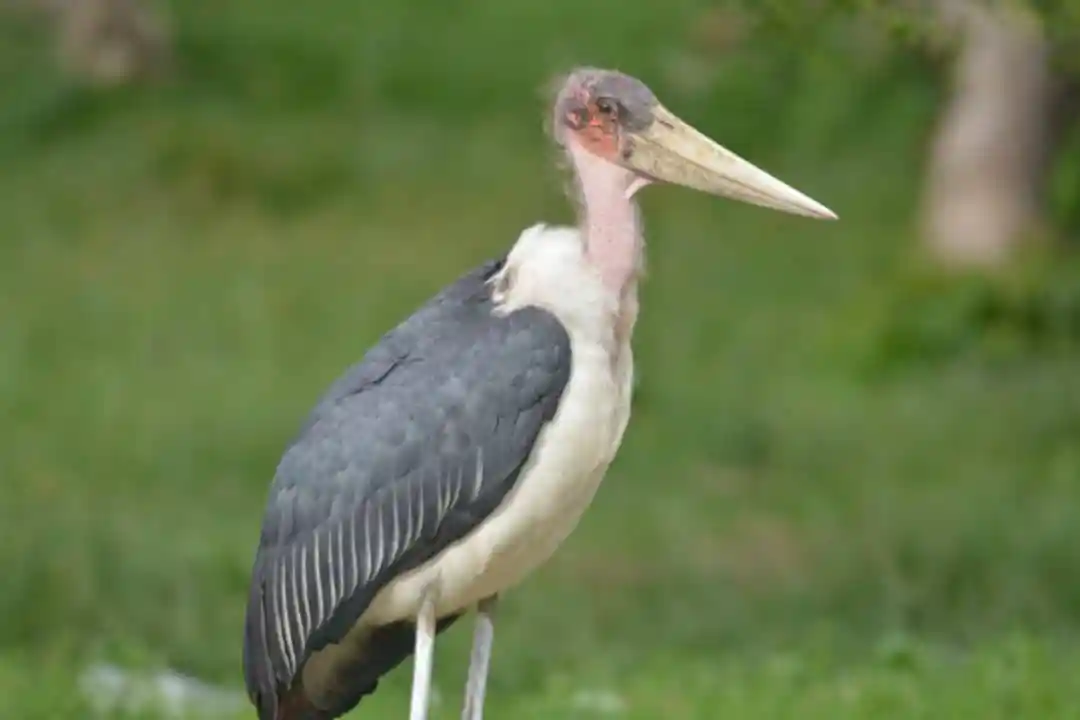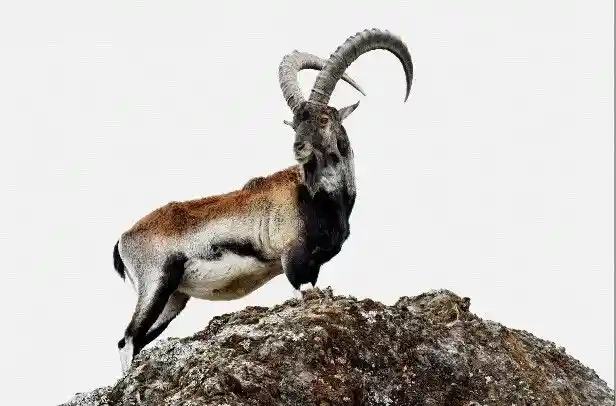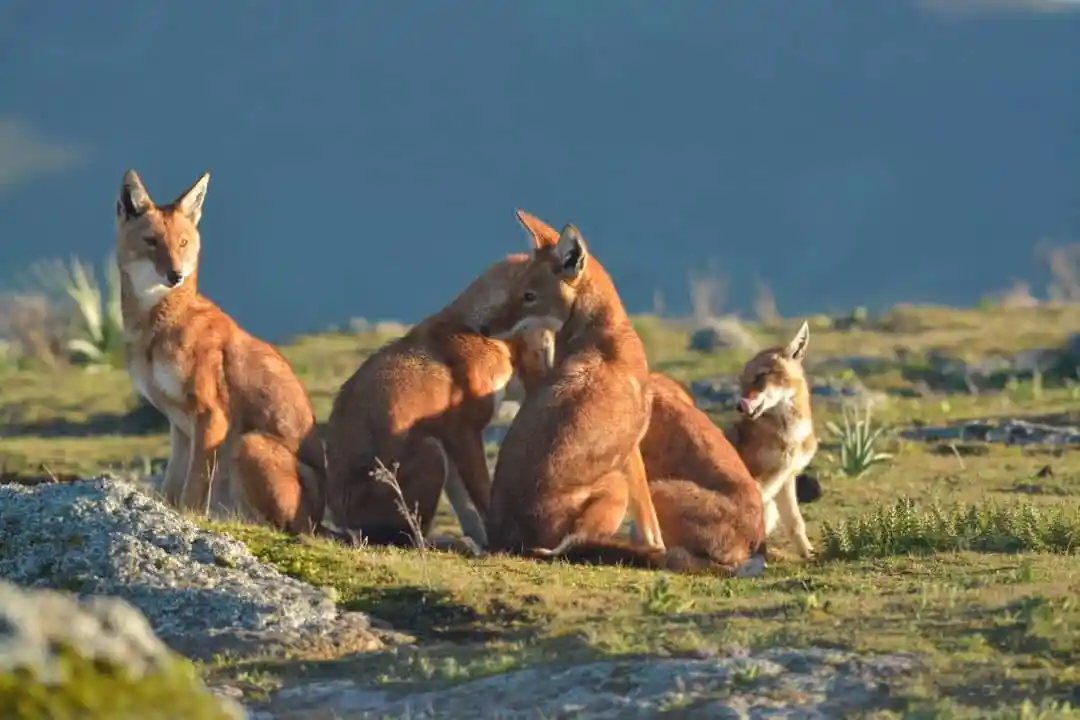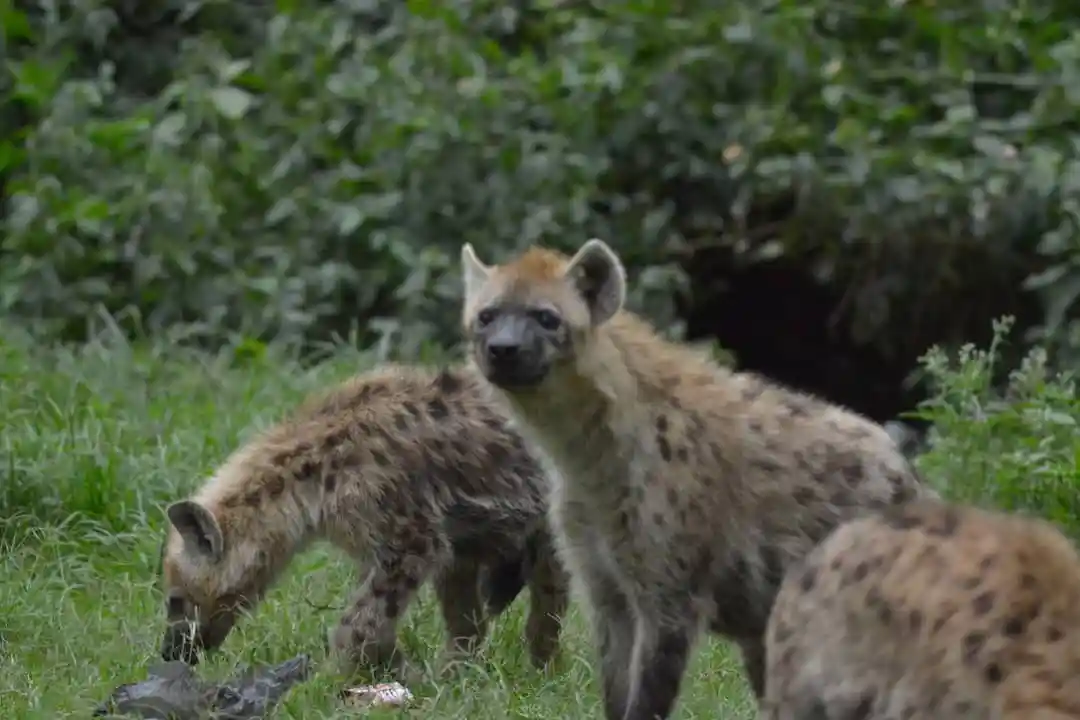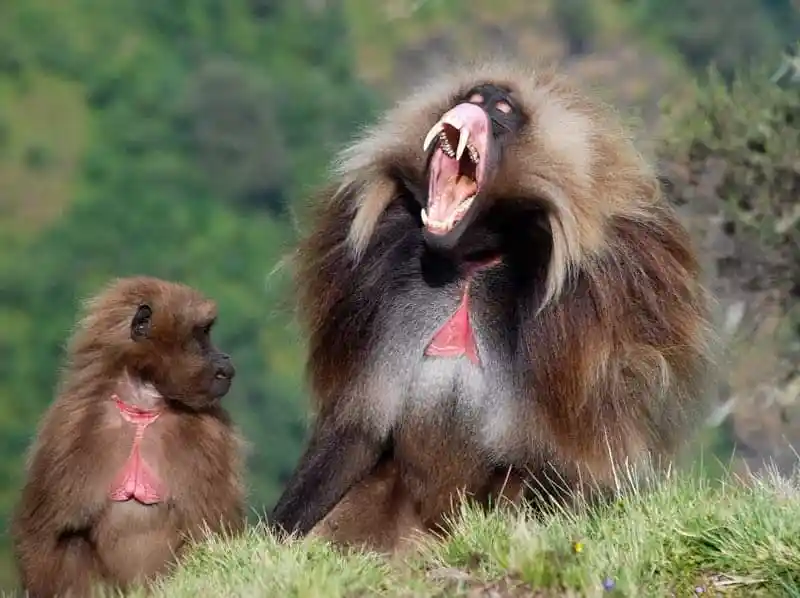21 Days Trip to Northern Parts of Ethiopia
Tour Type:
History and Trekking
Highlight:
Addisabeba,Bahrdar-Gondar-Trekking in to the Simien Mountains National park-Gondar-Axum- Hawsen-Mekele-Trekking to Danakil depression- Mekele -Addisabeba-International flight. 8night/9days trekking in to the Simien Mountains National park, 3night/4days trek in to Danakil depression You will climb Mt. Emet Gogo (3,926m) Mt. Innatye (4,070m) Ras Dejen (4,543m) High and lowland area Gondar – Sankaber camp (3,250m) – Gich camp (3,600m) – Mt. Emet Gogo (3,926m) – Mt. Innatye (4,070m) – Chenneck camp (3,620m) – Ambiko camp (3,200m) – Ras Dejen (4,543m) – Ambiko camp – Sona camp – Mekarebya camp – Mulit camp -Adi Arkay camp – Gondar-
Transport:
Flight ,driving, Boat trip and Trekking
Tour Code: EWT
Day 1:
Meet you up at Bole International Airport and Transfer you to a Hotel for check in, site seeing in addis in the afternoon. o/n Hotel.
Day 2:
Fly to Bahir Dar and a day sightseeing tour of The Blue Nile O/N stay in a hotel at Bahir dar.
Day 3:
More sightseeing of Bahir Dar boat trip to Lake Tana. O/n stay in a hotel at Bahir Dar
Day 4:
Drive to Gondar and a day sightseeing tours. O/N stay in a hotel at Gondar.
Day 5: Gondar – Sankaber camp (Camp in Sankaber)
We will meet you in the morning at Gondar Airport or your hotel in Gondar. Drive from Gondar to Debark, which is the headquarter town for the national park. We will stop here to get a permission to enter to the park and meet the scout. We will have tea and coffee break and visit the local market if we have time. The local market is open every day, and every Wednesday and Saturday is the big market day.
From Debark town, we will drive to the park gate, which is about 16km from the town. We will drive to the first area of the national park, where we start trekking. The starting point will be flexible depend on your interest and time. You will be rewarded with marvelous escarpment and different plant species. You will most certainly encounter troops of the endemic Gelada Baboon and see them up-close. You may also see clipspringer, bushbuck, different plant species and birds species. We will continue trekking to Sankaber camp where we camp the first night.
Day 6: Sankaber camp – Gich camp (Camp in Gich)
After a breakfast, you will set off trekking to Gich. I t is about 15km, 7 hours trek. You will trek along the edge with stunning views over the foothills 800m below. The trail passes most vegetated area in the park through low bush of Giant Heather, Abyssinian Rose, Oliveria and Globe Thistle. You will most certainly encounter troops of the endemic gelada baboons and see them up-close. You may also see Klipspringer, bushbuck, rockhyrax in the steep rocky and wooded slopes. Leopards live around here and you may have chance to spot leopard. The highlight of the trek is Jinba waterfalls, an incredible 500m sheer drop, the longest fall in Ethiopia. From the viewpoint opposite, you will see the different voltures such as Griffen Volture, Hooded Volture, Whitebacked Volture, Lapped- faced vulture and Lammergayer along the cliff.
Lammergayer is one of the biggest bird prey in the world and feeds bone marrow. This area is best place for lammergayer to break the bone. This area is also good to see different small birds such as one of the Ethiopian endemic bird- Abysinian Catbird, Starlings, Sweafts and Swalows.
From the Jinba waterfalls, we will continue to Jinba river and have a picnic near more peaceful waterfall.
Then we will head to Gich village. Just before you reach Gich campsite, there is wonderful opportunity to visit one of the traditional village houses for traditional coffee and to experience the local living style (depends on your interest). After we arrive at the campsite, you have some time for snack and then head out for a short optional sunset trek up about 185m above the camp to Kedadit. On this point (3,786m), you will look 360 degree around the Simien Mountains and to the lowland mountains. Then, we will come back to the camp for dinner.
Day 7: Gich – Mt. Emet Gogo – Mt. Innatye – Chenneck camp (Camp in Chenneck)
In Gich campsite, the sunrise is earlier than the other campsites. After breakfast, we will climb to Mt. Imet Gogo, an incredible rocky promontory and the most spectacular view point in the Simien Mountains. This is really breathtaking view and you will never forget in your mind. 300m gentle slope take you to the summit that grants 360 degree views over the Simien Mountain range. It descends about 300m to the valley, which is the source of the Jinba river. The trekking route passes vegetated area through Festuca grassland, Lobelia plant, everlasting flower, Erica Arboria tree. Then, we will climb Mt. Innatye about 500mup to the summit passing through the jangle. You will enjoy the stunning views and terrifying verticaldrop views. The views are arguably the best in the Simien Mountains. After having a picnic lunch on theta of the Mt. Innatye, the path follows mostly downhill though open grassland and Giant Lobeliatowards Chenneck camp. Chenneck camp is the third camping site of the national park and is located in abeautiful valley at the foot of the Mt. Bwahit, at the altitude about 3,620m. You will encounter a number of stunning viewpoints along the way. Moreover, this area is superb for wildlife with both Gelada Baboons and Walia Ibex.
Day 8: From Chenek trek to Ambiko Camp
On the fourth day of the trek, we will prepare for the longest trip so far (20km), trekking about 9-10 hours. From Chenneck camp, we will ascend 600m to Mt. Bwahit Pass and continue to Ambiko camp, which is the base camp to Ras Dejen. We will trek along the edge which descends 1,450m to Chiroleba village. Then, we follow the valley and descend down to Meshea river (2,750m). When you reach near to the river, you will see different plant species that are different from highlands, namely Ephorbia, Oliveria (Aloymacropetra). From Meshea river, we will trek to Ambiko camp. This campsite is located along the banks of a stream and in a small village. It is a project of the local church and a donation for the facilities is gratefully accepted.
Day 9: Ambiko camp – Mt. Ras Dejen – Ambiko camp (Camp in Ambiko)
After a breakfast, on the summit day, we will trek about 20km for 10-11 hours. The weather fluctuates over time on the summit, therefore we will start early at 4 a.m. Ascending would be more challenging when it is becomes hot. The path ascends over 1,400m to Ras Dejen. Half of the trekking route we follow is zigzag road constructed for the Beyeda town which is found south side of the summit. Just below Dejen Pass, at around 4,250, you will find impressive rocks. There are transported by a glacier and accumulated. They were formed formed 20,000-14,000 years ago in the last glacier age. Reaching to the summit involves an exciting and challenging climb. From the top of the Ras Dejen (4,543m), you will be blown away by the view which range more than ten thousand square kilometers. You will see the trekking route all the way to Mekelle and the route to Lalibela on the other side. From the summit, you will return along the same route to Ambiko camp.
Day 10: Ambiko camp – Sona camp (Camp in Sona)
On this day we will walk back to Mesha river. From Ambiko camp to Sona camp is about 26km, 10 hours trekking. From Meshea river, we start ascending to Ategeba village. Then, the route undulates to Arkwasiye village. People in this area engage in barley farming and you will see their farming activities. The harvesting time is from October to January, and ploughing and sowing time is from April to June. We will descend down from Arkwasiye to Sona campsite, which is located at the altitude of 3,100m. We will spend the sixth night at Sona campsite.
Day 11: Sona camp – Mekarebya camp (Camp in Mekarebya)
After a breakfast, we will set off the first lowland trekking in the Simiens. This is highly recommended area for bird watchers. We will start at about 9 a.m. in the morning and wonder about the campsite which is warm and beautiful. Then we will trek down to Lamo along the downhill (called Akakiwen). After about 2 hours, the trail leads us to the river. You could relax swimming, sitting under a big fig tree and ficus tree, or reading a book. In the afternoon, we will trek to Mekerabya camp nearby local school and small village at the altitude of 2,100m.
Day 12: Mekarebya camp – Mulit camp (Camp in Mulit)
This is another lowland trekking day, we will trek about 5-6 houts. The plant species and bird life completely change from what you see in the highlands. You may also see animals such as Vervet monkey and white and black Columbus baboon you won’t see in the highlands. After 2 to 3 hours walking, you will find natural swimming pool (called Derekwenz river) where you can relax. We will have a break here under the shadow of the big trees. Then, we will continue trekking to Mulit camp, which is located in one of the local farmers’ compound with green garden under stunning mountain called Hawaza.
Day 13: Mulit camp – Adi Arkay – Axum
After a breakfast, we will trek for 3 to 4 hours to Adi Arkay, which is the small town out of the park where the trekking route ends in Adiarkay, you will pass through this town. When we arrive at the town, we will have a break and enjoy tea and coffee and drive to Axum . O/n Hotel.
Day 14:
Site seeing in Axum .o/n Hotel.
Day 15:
Drive to Hawsen on the way sight seeing in Tigray Rock –Hewen Churchs . o/n Hawsen.
Day 16:
Drive to Mekele .o/n Hotel.
Day 17:
Drive to Hamed Ella. O/n Camping at Hamed Ela.
Day 18:
Drive to Dalol Depression and the salt lake of Asale .o/n camping at Hamed Ela.
Day 19:
Drive to Dodom and then three-four hours trekking to Mount Ert-ale. O/n camping at Ert-ale.
Day 20:
Morning trekking back to Dodom and continue driving Back to Mekele .O/n Hotel.
Day 21:
Flight to Addis in the afternoon your international flight.

